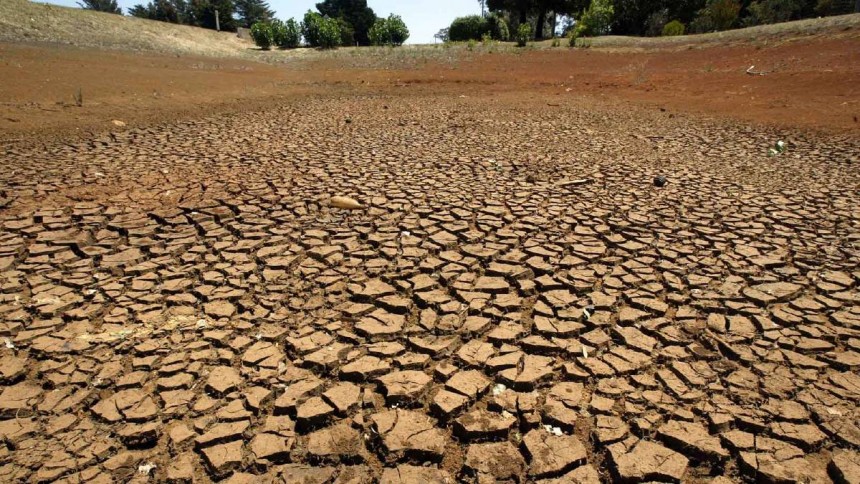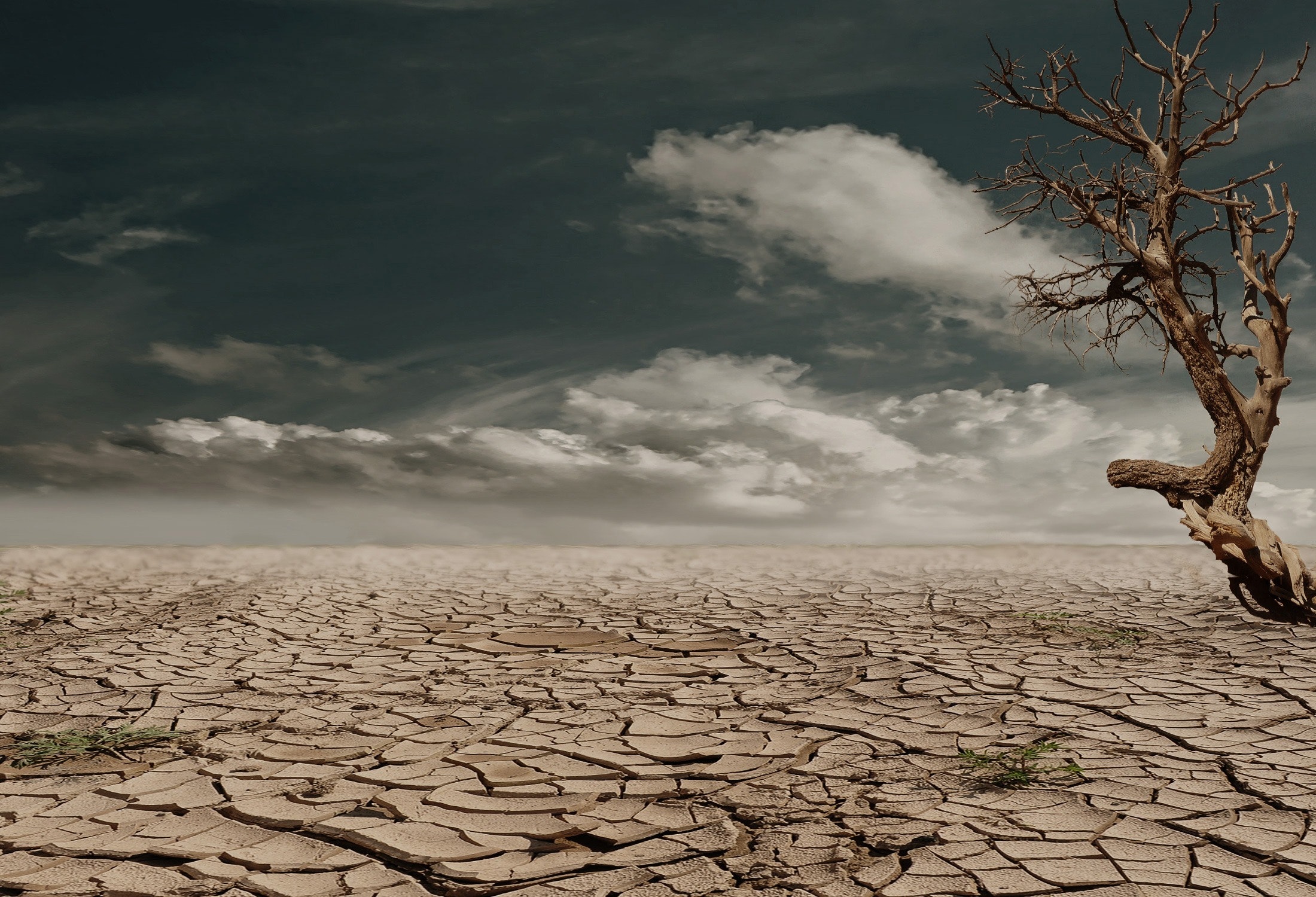Drought to become more frequent and severe due to climate change – government report

Report advises Australia to maintain drought preparations, even in times of normal rainfall
 Drought is not a natural disaster and must be accepted as an enduring feature of the Australian landscape which climate change is only going to make worse, the drought coordinator has reported, warning the nation may see some areas become “more marginal and unproductive” as a result.
Drought is not a natural disaster and must be accepted as an enduring feature of the Australian landscape which climate change is only going to make worse, the drought coordinator has reported, warning the nation may see some areas become “more marginal and unproductive” as a result.
The Morrison government released the drought strategy report by Maj Gen Stephen Day at the same time it announced its latest drought support measures, having struck a deal with the South Australian government for another 100GL of water from the Murray River.
In return for the additional water flow, which the government anticipates will help between 4,000 and 6,000 farmers grow 120,000 tonnes of fodder and cost the budget $100m, the Morrison government will help the South Australian government turn on its Adelaide desalination plant.
The water release, which will be reviewed in April, with the Snowy as a contingency plan, was a cornerstone of the latest drought measures announcement, which also included concessional loans of up to $2m for farmers and $500,000 for small businesses, and a boost to the drought communities program.
The government also announced $5m to assist child care centres with increased demand and $10m for schools suffering hardship because of the drought’s impact.
Another $200m from the Building Better Regions fund will be quarantined for drought-stricken regions, with a $139m top up for road projects.
The government rejected part of the National Farmers’ Federation drought strategy call for exit packages, with Scott Morrison pointing to the land having held its value, despite the drought.
“If they make their own decisions about what they want to do with their properties, their properties are valued at strong levels at present, and that actually assists them, if that’s the decision they want to take,” Morrison said.
“But where those sorts of things have been applied in the past, that has been when you’re going through industry restructuring arrangements, and where there has been a decision to facilitate people off the land.
“We’re not seeking to facilitate people off the land. We’re trying to assist them to stay on. And those who know that they have a future in the sector, then these measures will greatly assist them.”
Morrison said the government would continue to react to the drought as it went on, with drought-stricken councils eligible for another $1m in payments to boost local spending.
But in his report to the government, the recommendations of which the cabinet has had since April but only released on Thursday, Day highlighted the role climate change would have in extending and worsening Australia’s droughts.
“As a consequence of climate change, drought is likely to be more regular, longer in duration and broader in area,” Day reported.
“It means that farmers and communities who rarely see drought are likely to see it more often. And those that have been managing drought for many years may now see it intensify beyond their lived experience.
“Ultimately, the nation could see some areas of Australia become more marginal and unproductive.”
Day made 18 recommendations to the government in terms of enacting a long-term drought strategy, to which the government has responded to 14 already. The remaining four have been noted but drought minister David Littleproud said the long-term nature of the recommendations meant they would take a little longer to act on.
They included leadership programs for regional and rural communities and developing better drought indicators, in lieu of a new definition of drought.
Day also wants regular assessments of the nation’s natural resources to better inform long-term use and management, and an assessment of available surface and groundwater, so the government knows what each area is working with, as populations and uses ebb and flow.
The report advises Australia to maintain drought preparations, even in times of normal rainfall, with a focus on inevitable future dry spells.
“While droughts are normal for Australia, drought conditions are likely to become more frequent, severe and longer due to climate change,” Day advised.
“Farming is a business and drought is one of the many business risks that should be managed.”
Day laid out a long-term strategy which included better stewardship of the nation’s resources, incentives for good practices, improved planning and decision making, focusing on community resilience and better information flow across all sectors of government, into communities.
The latest announcement came as the government continued to defend its response to the dry so far, which it says included at least $7bn in funding, counting the $5bn future drought fund, which will begin making payments in 2020.
Littleproud also vigorously defended the government’s drought communities program, after a Victorian council rejected a $1m grant, as it was not in drought, with reports a South Australian council was also considering forgoing the funds for the same reason.
Littleproud said the council grants would continue to be assessed as information, including rainfall, was updated, but lashed out at critics of grants that had been spent on local projects not directly connected to the drought, including public toilets, cemetery upgrades, music festivals and a virtual gym.
“Let me say, with respect to the programs … a toilet in a cemetery [is beneficial] and you know why?
“Because you know who built that? A local tradie. You know where he got his goods from? A local hardware store. That’s new money into that economy.
“I’m sorry, with all due respect, you may want to belittle something like a toilet block, but to those people, to those economies, that is new money that keeps that tradie going, keeps his apprentice going. And to not understand the … intricacies shows ignorance.”
Originally published by The Guardian, 7 November 2019.
